| Structure | Name/CAS No. | Articles |
|---|---|---|
 |
Isoniazid
CAS:54-85-3 |
|
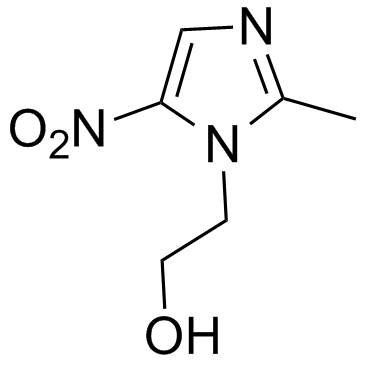 |
Metronidazole
CAS:443-48-1 |
|
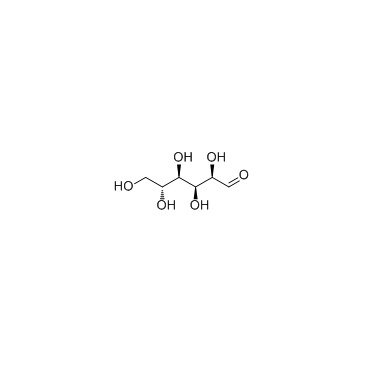 |
D-(+)-Glucose
CAS:50-99-7 |
|
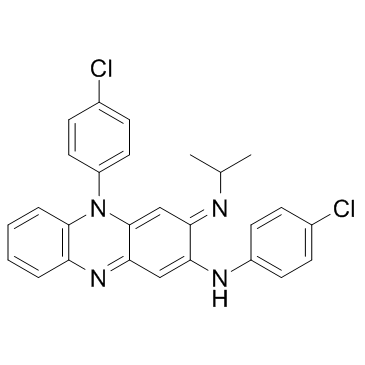 |
Clofazimine
CAS:2030-63-9 |
|
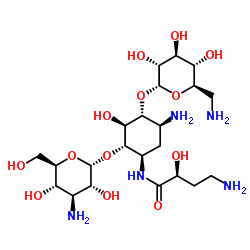 |
Amikacin
CAS:37517-28-5 |
|
 |
oleic acid
CAS:112-80-1 |
|
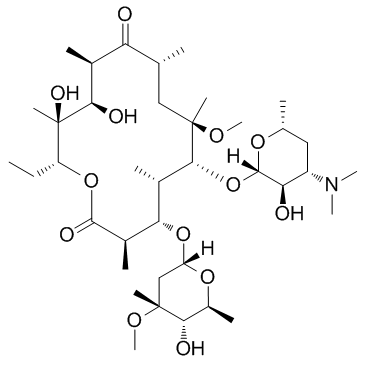 |
Clarithromycin
CAS:81103-11-9 |
|
 |
Cefoxitin sodium
CAS:33564-30-6 |
|
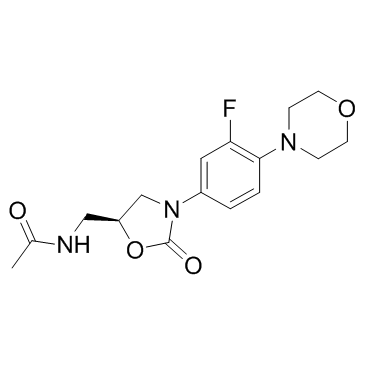 |
Linezolid
CAS:165800-03-3 |
|
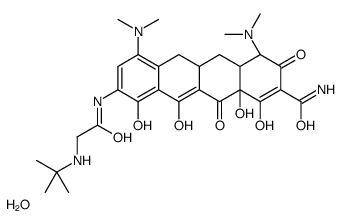 |
Tigecycline hydrate
CAS:1229002-07-6 |